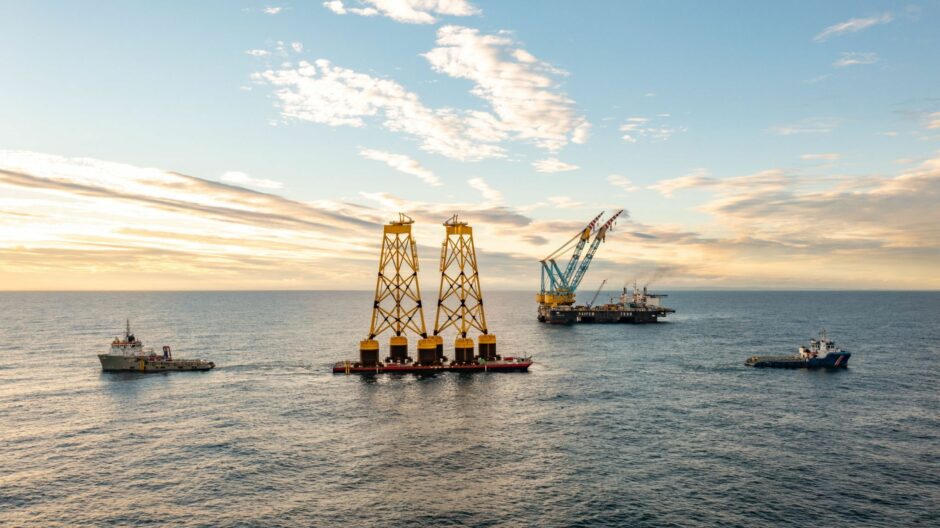
Subsea 7 (OSE:SUBC) said supply chain challenges were stabilising and credited “strong performance” from its subsea and conventional businesses, despite a weaker quarter for renewables.
The Luxembourg-domiciled group reported pre-tax profits of $58.2 million (£48m) for the second quarter, while adjusted EBITDA rose nearly 50% on the same period last year, to $134m (£110m).
Revenue sat at $1.2 billion (£990m), while backlog at end of June was $7.8bn (£6.4bn), of which $2.5bn (£2bn) is expected to be executed during the remainder of this year.
The bulk of revenue ($960m) was derived from its subsea and conventional units, with the substantial completion of key projects including Mad Dog 2, Jack St Malo 4, and Anchor Flowlines projects in the Gulf of Mexico and 28 Jackets project in Saudi Arabia, during the quarter.
Work also progressed at the Sangomar project in Senegal and the Berri-Zuluf project in Saudi Arabia, as well as the Blythe and Vulcan Satellite Hubs and the Balmoral and Pierce fields in the UK North Sea.
In a statement chief executive John Evans noted that: “Since the first quarter, the industry’s challenges relating to the supply chain and raw material price inflation have stabilised, allowing a number of projects to proceed.”
However, Subsea 7’s renewables unit saw a net operating loss of $71m (£58m), widening losses of $32m (£26m) during the same period last year.
The group says the slide was driven by slower than anticipated progress at the Hollandse Kust Zuid project in the Dutch North Sea and continued delays on the Formosa 2 project in Taiwan, as well as the nature of “phasing” at the Seagreen project, off the Angus coast.
Referring to the latter, the firm said 30 of 114 foundations and 21 cables had been installed as of the end of the quarter.
Operator SSE last week said it expects the scheme to generate first power by the end of July.
As for Formosa 2 and Hollandse Kust Zuid, the group said it was on track with an updated execution plan announced in June, with the projects now due for completion in August and September, respectively.
Looking ahead, Subsea 7 said it still expects revenue for the year to be “broadly in line with 2021”.
“Tendering in the subsea market remains high and the pricing environment continues to improve. In fixed offshore wind, contract pricing and risk allocation have improved and should contribute to robust long-term margins and returns,” it added.
Reporting its full-year 2021 results in March, the services giant said it would return around $100m to shareholders this year, via $70m of share buybacks and a regular annual dividend of NOK 1.00 per share, equivalent to $33m.